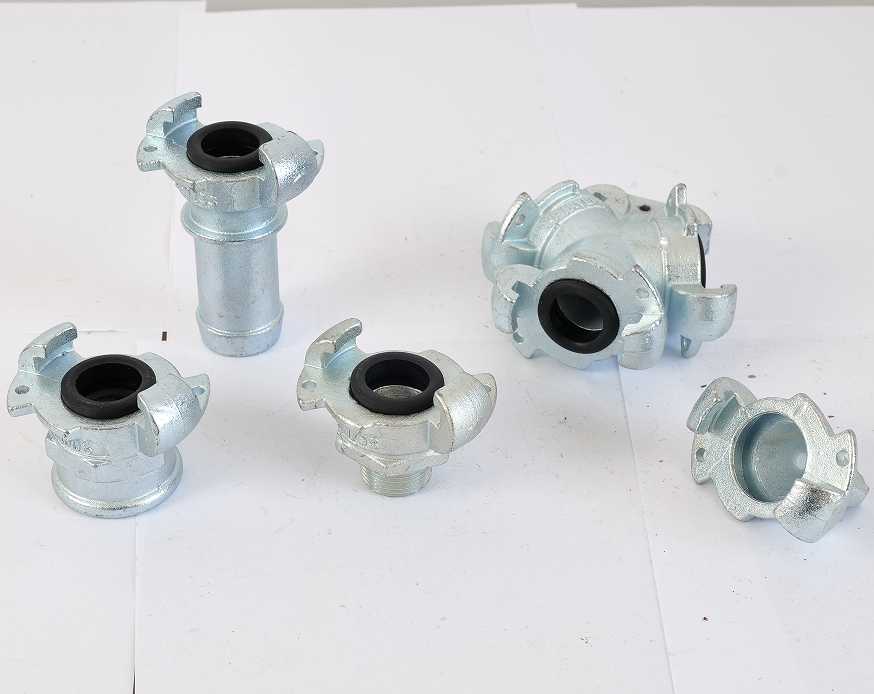Navigating the Coupling Landscape: Understanding the Unique Qualities of Universal Claw Coupling Type S
2024-02-01
Introduction:
In the vast realm of mechanical couplings, each type plays a distinct role in connecting rotating shafts and transmitting power. Among these, the universal claw coupling Type S stands out as a versatile and adaptable solution. In this blog, we'll explore how the universal claw coupling Type S differs from other types of couplings, shedding light on its unique features and advantages in various industrial applications.
Distinguishing Features of Universal Claw Coupling Type S:
1. Misalignment Accommodation:
Unlike rigid couplings that demand precise alignment, the universal claw coupling Type S excels in accommodating both angular and parallel misalignments. This feature is a game-changer, allowing for flexibility in installation and reducing the need for perfect shaft alignment.
2. Angular Range:
The universal claw coupling Type S boasts an impressive angular misalignment range. This capability sets it apart from couplings that may have limitations in handling angular deviations between connected shafts.
3. Parallel Misalignment Capability:
In addition to angular misalignment, the universal claw coupling Type S effectively addresses parallel misalignment. This is crucial in scenarios where shafts are not perfectly collinear, providing a solution for real-world installation challenges.
4. Robust Design for Heavy-Duty Applications:
While some couplings are designed for specific applications, the universal claw coupling Type S shines in heavy-duty settings. Its robust construction allows it to handle substantial torque loads, making it suitable for demanding industrial environments.
5. Vibration Damping:
The universal claw coupling Type S goes beyond the basics, contributing to the damping of vibrations. This feature is essential in preventing excessive wear and tear on connected machinery, enhancing overall system reliability.
Comparisons with Other Coupling Types:
1. Flexible Couplings:
Flexible couplings, while versatile, may not offer the same level of misalignment accommodation as the universal claw coupling Type S. The latter's ability to handle both angular and parallel misalignments provides a distinct advantage in diverse applications.
2. Rigid Couplings:
Rigid couplings prioritize precise alignment but may lack the flexibility required in environments where misalignments are inevitable. The universal claw coupling Type S strikes a balance by offering alignment flexibility without compromising on torque transmission.
3. Gear Couplings:
Gear couplings are known for high torque capacity, but the universal claw coupling Type S stands out in its ability to handle misalignments. While gear couplings require more meticulous alignment, the universal claw coupling Type S shines in applications where flexibility is paramount.
Conclusion:
In the world of couplings, the universal claw coupling Type S emerges as a dynamic and adaptable solution, uniquely positioned to address challenges related to misalignment, torque transmission, and vibration damping. Its distinct features make it a go-to choice for engineers seeking a reliable coupling solution in a wide range of industrial applications. As industries evolve and demand versatile solutions, the universal claw coupling Type S continues to prove its worth as a standout performer in the coupling landscape.



